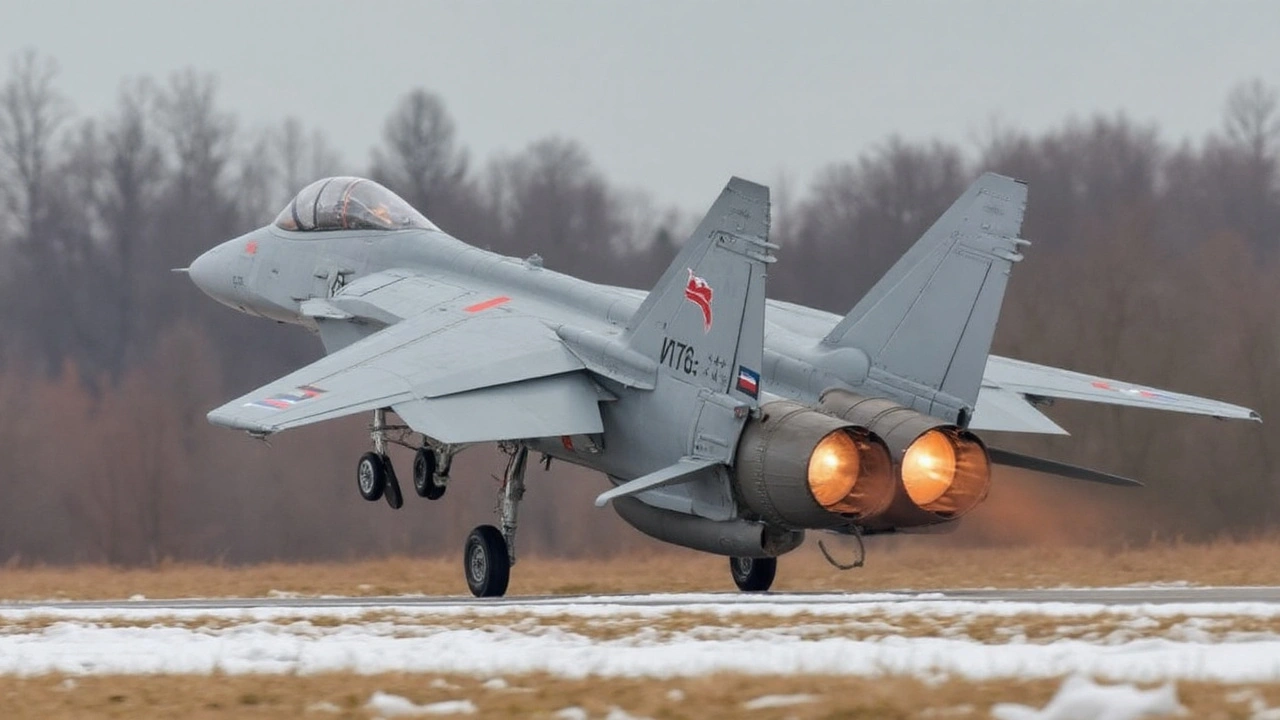Ever wondered why you rarely see military jets flying over Estonia, Latvia or Lithuania? That's NATO Baltic Air Policing at work. Every day, NATO pilots take turns patrolling the Baltic sky, ready to intercept any aircraft that breaks the rules. The goal is simple: keep the airspace safe without the Baltic countries having to buy their own fighter fleet.
The program started after the Soviet Union fell apart. The three Baltic states joined NATO but didn’t have the money for modern jets. NATO stepped in, assigning rotating squadrons from the United States, United Kingdom, Germany and other allies. That way, the Baltics get protection and NATO shows it can defend its newest members.
Each patrol lasts a few weeks. A squadron flies from a home base in its own country to an airfield in the Baltics, usually near Tallinn, Riga or Šiauliai. While they’re there, pilots conduct routine flights, checking radar contacts and responding to any unidentified aircraft. If a plane gets too close or behaves oddly, the NATO fighters scramble, talk to the pilot on radio and, if needed, escort it out of the area.
The rules are clear. Any aircraft that doesn’t follow NATO’s flight plan or ignores radio calls can be intercepted. The pilots use standard NATO procedures, so everyone knows what to expect. This consistency reduces the chance of misunderstandings that could lead to accidents.
The Baltic states sit right next to Russia, so they’re on the front line of any tension in Europe. By keeping a constant NATO presence, the alliance sends a strong signal that an aggression would meet a quick response. It also lets the Baltic air forces train with NATO crews, learning tactics and building relationships that will be useful if the region ever faces a real threat.
Beyond security, the patrols boost local economies. Pilots and support staff stay in the area, rent apartments, eat at restaurants and use local services. The host airfields get upgrades that benefit civilian aviation too.
People sometimes wonder if the patrols are just for show. The answer is no. They’ve actually intercepted several aircraft that ignored airspace rules, sending a clear message that violations won’t be tolerated. Those actions keep the sky calm and discourage risky behavior.
Looking ahead, NATO plans to keep the Baltic Air Policing program running for the foreseeable future. There are talks about adding more advanced aircraft, like Eurofighter Typhoons, to the rotation. That would increase the deterrence factor and give the Baltic states even more confidence.
So next time you hear about a NATO jet flying over the Baltic Sea, remember it’s not a stunt. It’s a practical, everyday effort to protect three small countries and keep Europe’s northern edge stable. And if you’re ever in Tallinn, Riga or Šiauliai, you might just spot a fighter jet cruising above – a sign that NATO’s eyes are on the sky, watching out for you.
